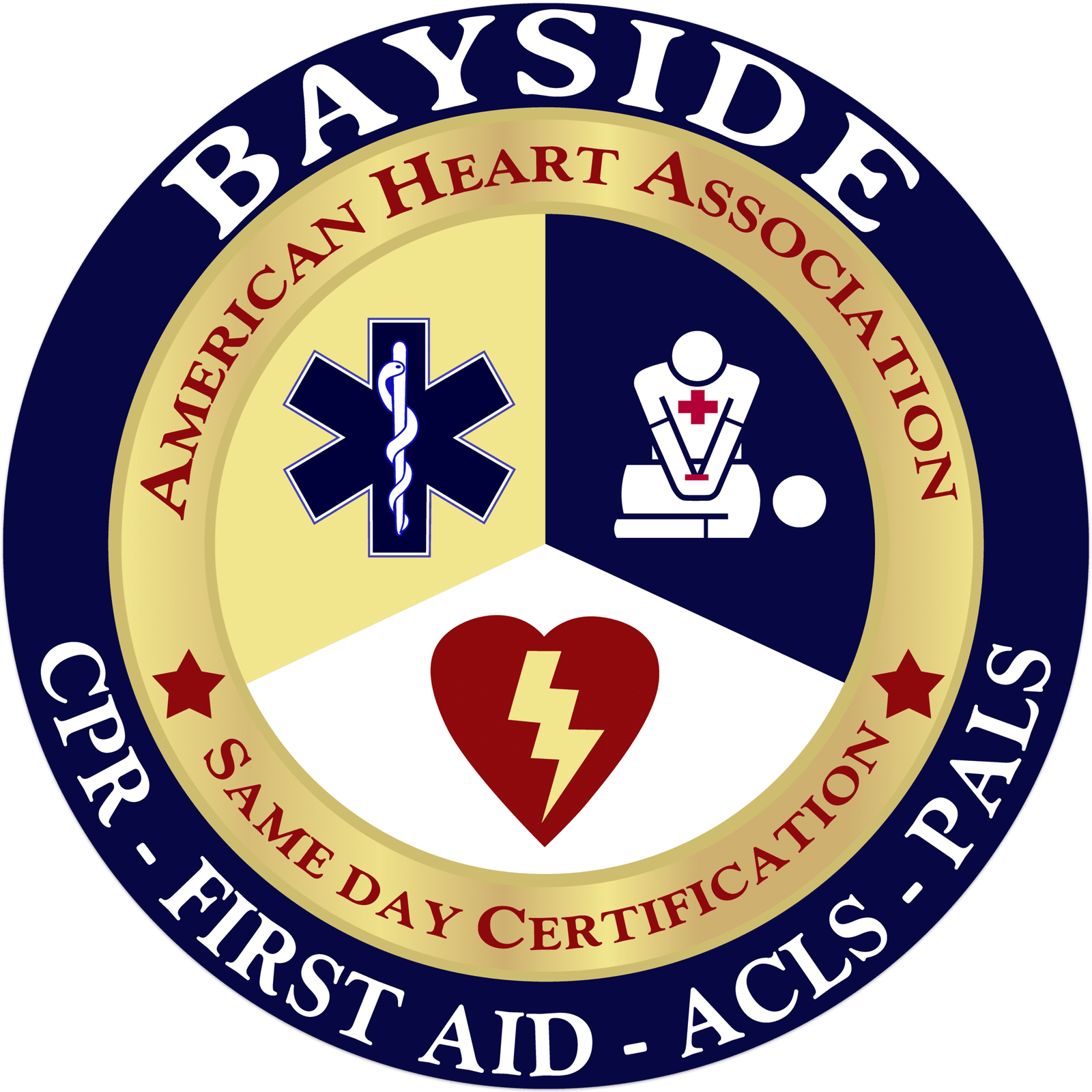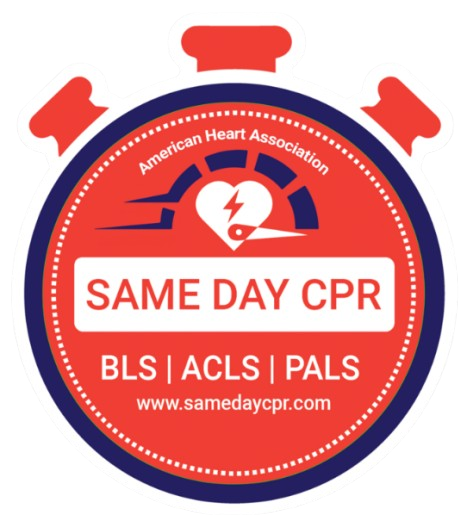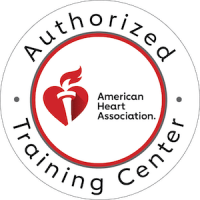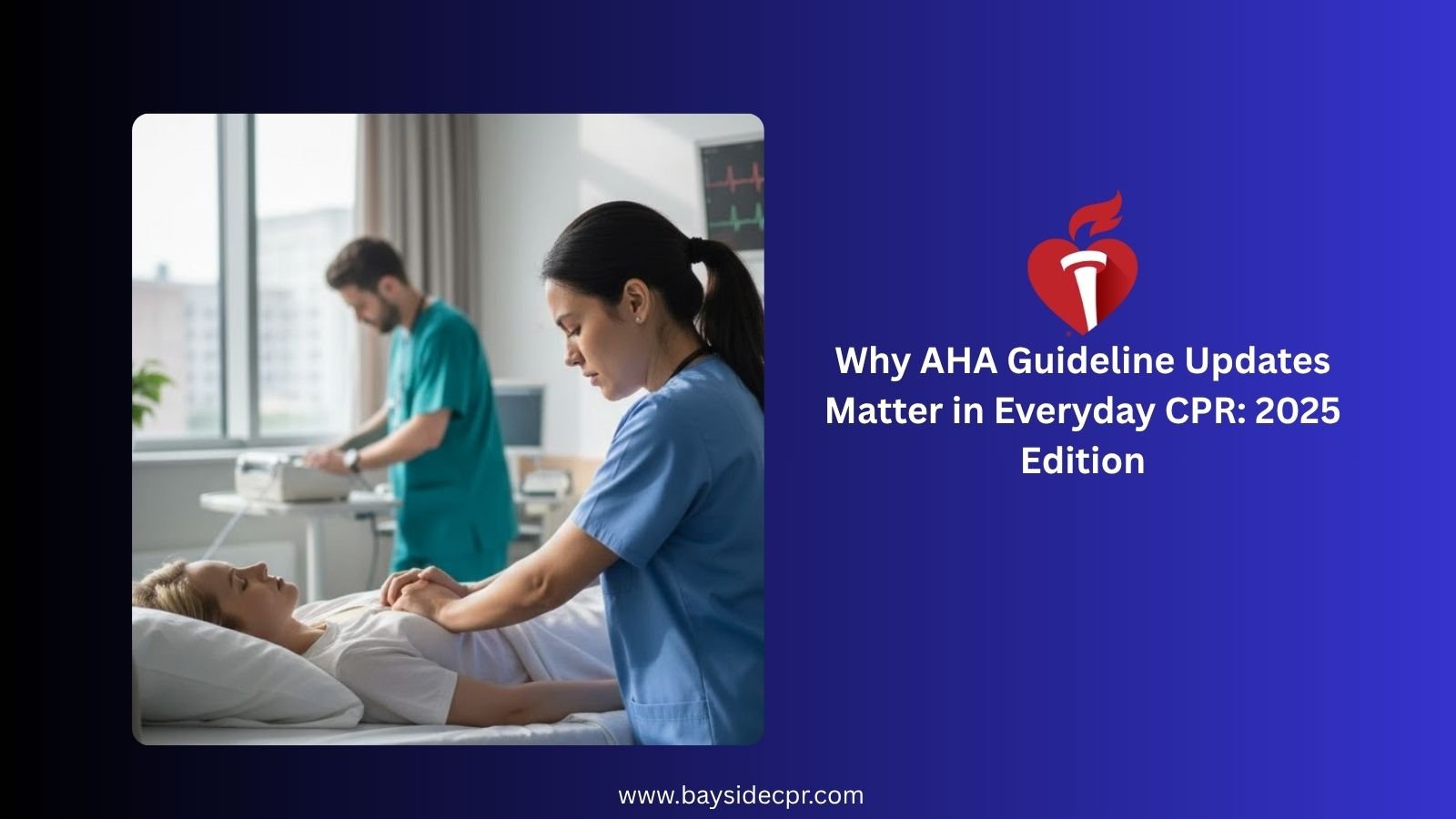
Author Archives: Kyle Hastings

Why AHA Guideline Updates Matter in Everyday CPR: 2025 Edition
CPR (cardiopulmonary resuscitation) can make the difference between life and death in an emergency, and knowing how to do it correctly is more important than ever. The American Heart Association, or AHA, sets the standard for how CPR should be perfor...
Read More ›
What Are Some Common Causes of Hypovolemic Shock in PALS?
Hypovolemic shock is the most common type of shock seen in infants and children. It means there is not enough fluid or blood inside the blood vessels for the heart to pump well. This lowers blood flow to organs and can cause harm fast if not treated....
Read More ›
CPR in the Operating Theatre: Guidelines & Tips
Cardiac arrest in the operating theatre is a rare but critical event that demands quick thinking and seamless teamwork. Unlike other hospital areas, patients in surgery are already under close observation, connected to monitors, and often under anest...
Read More ›
CPR Guidelines for High Altitude Situations
Going to high-altitude areas like snowy mountains, green hills, or remote trails can be exciting, but it also comes with unique risks. Accidents or sudden health emergencies can happen far from help, and sometimes there is little to no phone signal. ...
Read More ›
How to Treat Hot Water Burn Injury?
Hot water burns can happen in an instant, often when we least expect it. Whether it’s from spilling a cup of coffee, touching hot tap water, or cooking in the kitchen, these burns can be painful and frightening. According to a study published in th...
Read More ›
What are the Goals in Treating Shock PALS?
When a child is in shock, their body is not getting enough blood and oxygen to the organs, which can quickly become life-threatening. Pediatric patients, especially infants and young children, are particularly vulnerable due to their physiological ch...
Read More ›

